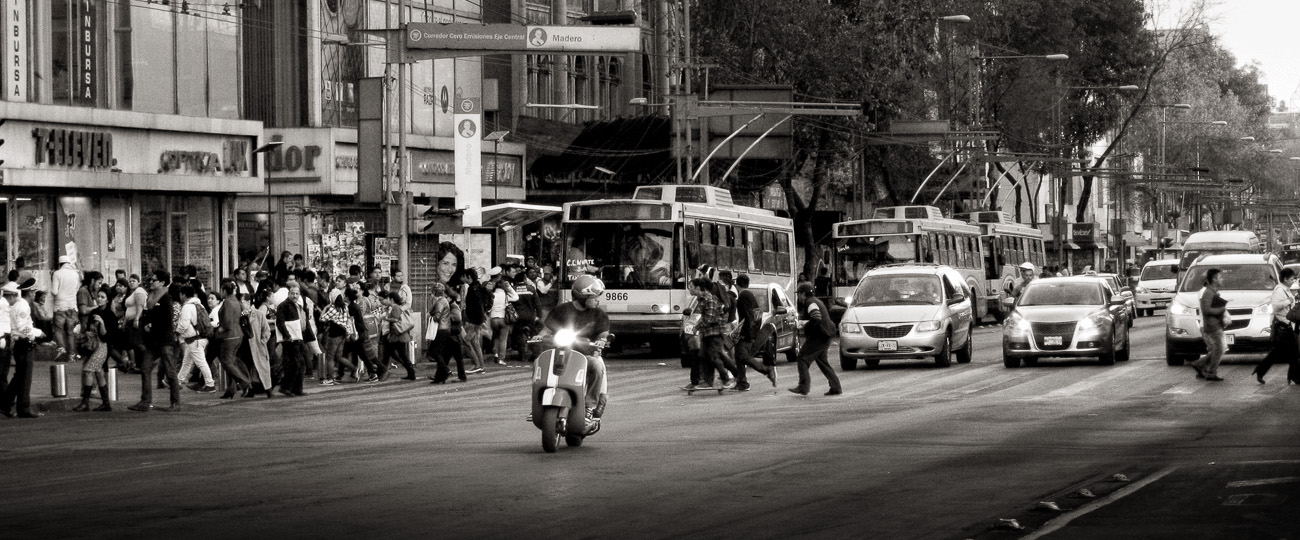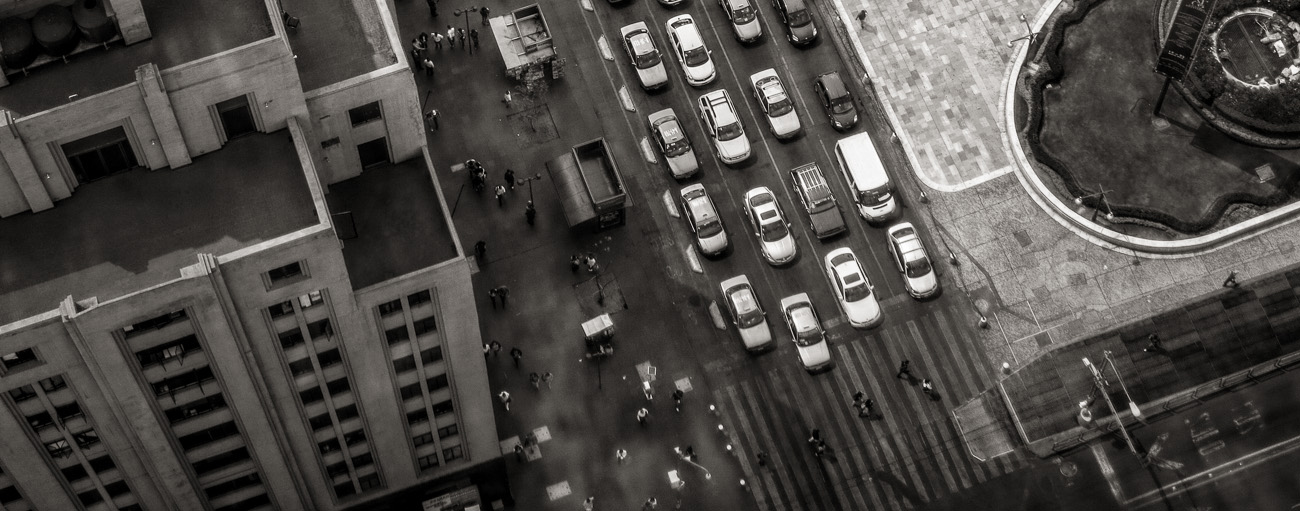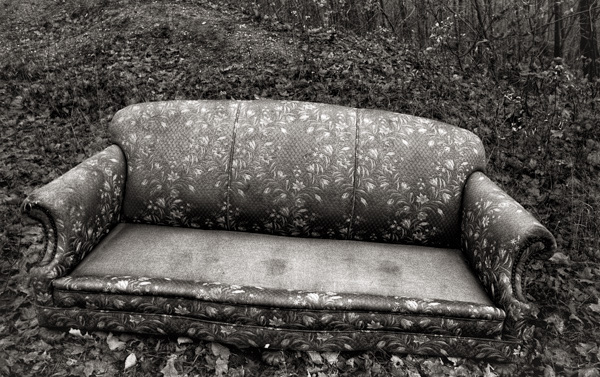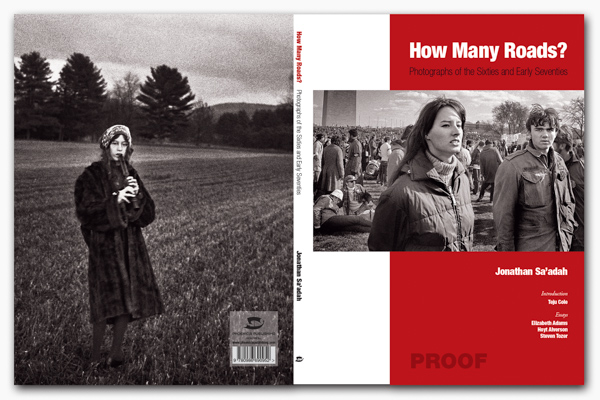Mexico City always gets a bad rap – crowded, worn, dangerous, polluted – take your choice. The stereotyping gets a little tiring. Yes, Mexico has its problems, but so too does Montreal, or New York, or for that matter any other city in the world. On a recent trip to Chicago, for example, the daughter of a friend who picked me up at the airport couldn’t help but tell me how many recent killings there had been block by block as we approached her parent’s home. Thanks but no thanks.
One of the things I like about travel is comparing the places I go to the place I live. I’m especially attuned to public transport and traffic; one I like and the other I don’t. My best traffic avoidance technique is a bike. In Montreal we have an extensive and expanding bike path system, but also serious problems with bike-truck accidents and figuring out how to balance the shared use of roadways and sidewalks. So when I got to Mexico City I had my antennas out.
We travelled by taxi from the airport and the right away the experience seemed like an invitation to take public transit. In Montreal we talk about using different forms of transport but in Mexico City it’s being done. Their systems handle a lot of people, often with creative solutions to difficult problems. An example would be extending the popular Metrobús system through the narrow streets of the Centro Histórico.
Mexico City is the third largest city in the world – and the metro system carries 4.4 million people a day (2012), versus the Montreal metro system’s .975 million (2013) people per day – that’s roughly four and a half times more volume per day, ranking it eighth in the world.
The main avenues are rivers of traffic. They start flowing as soon as the light turns green and run fast until the next red. On the main arteries merges are not anything that can be called polite. The protocol is to barge in and whoever is chicken ends up last.
It’s that same vehicular aggressiveness that makes it hard to believe that biking in the city would have a happy ending. To be honest, my first reaction was that biking was out in Mexico City. That was my first impression. But I always watch people on bikes trying to gauge what it would be like to be one myself. I saw hopeful signs. Some riders had their own bikes but a lot of people were using bikes from the ecobici rental system. After exploring around on foot I found easy (and used) ways through neighborhoods that avoided the main arteries. I also found well constructed bike paths.
Next post: bikes in the city








Recent Comments